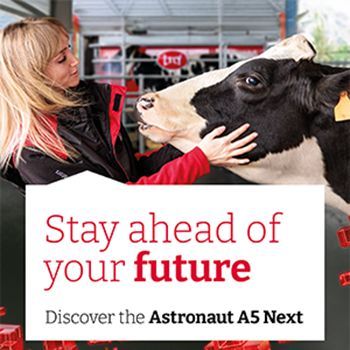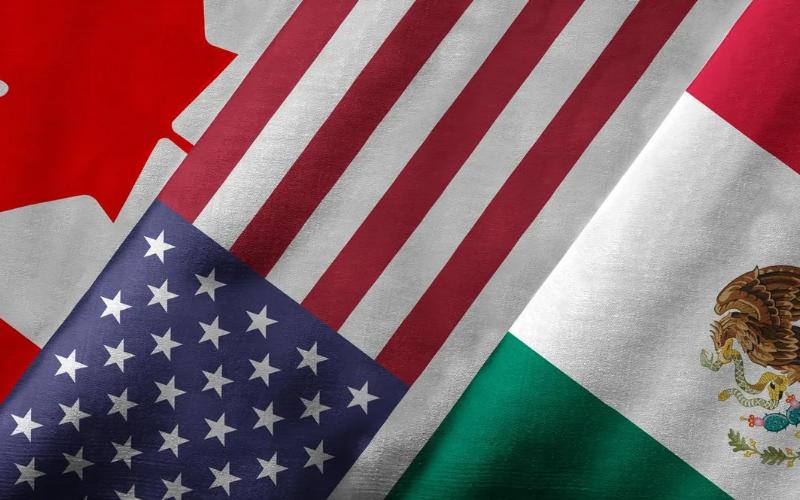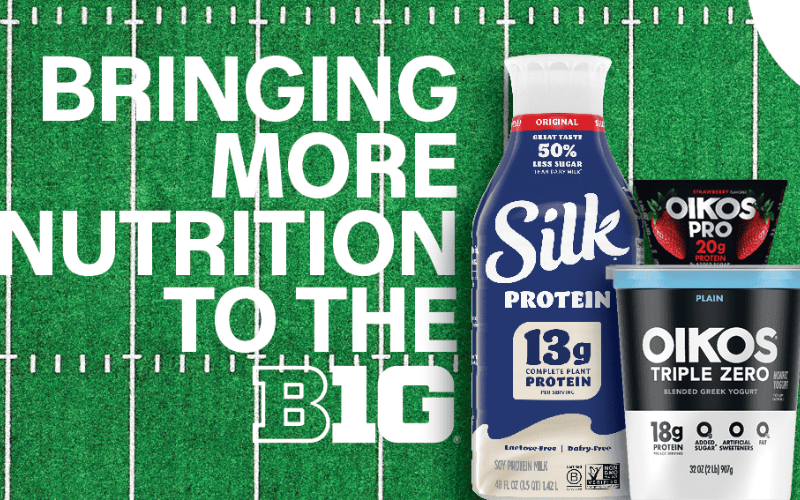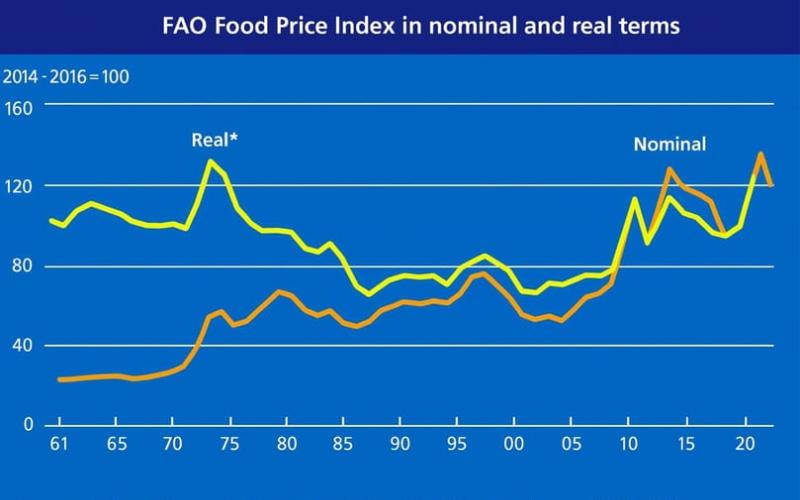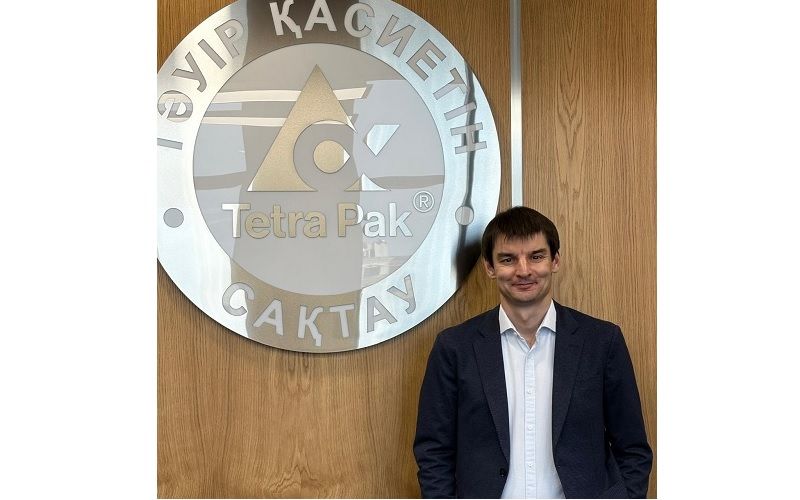Kyrgyzstan without subsidies: Azizbek Kyrgyzbayev shows how the country remains a milk exporter

"In the entire 30-year history of Kyrgyzstan's independence, not a single citizen has ever received subsidies," Azizbek Kyrgyzbayev told the event participants. "When you talk about subsidies for investments, for feed, for cows - for us, it sounds like a fairy tale."
According to the speaker, his previous presentation was devoted to the crisis in Kyrgyzstan's dairy industry.
The key blow came in 2023 when the Russian regulator restricted the access of Kyrgyz dairy products to the Russian market. The formal complaint was severe: about 95% of milk in Kyrgyzstan is produced on personal subsidiary plots and small farms, making it 'impossible to ensure traceability and quality control'.
"We've lived with 95% of milk being produced by small farms for 30 years. Suddenly, in 2023, a decision was made that this could no longer continue," noted Azizbek Kyrgyzbayev.
The ban on supplies to Russia led to a double-digit drop in export volumes. According to the speaker, the final reduction in exports during the crisis period was about 10%, with some positions falling even more. By 2024, the industry had begun a partial recovery, but the market had not fully returned to its previous growth trajectories.
According to the expert's presentation, Kyrgyzstan produces about 1.7 million tons of milk annually. The main part of the raw material - up to 95% - comes fr om personal subsidiary farms and small farmer farms. Only about 20% of the milk produced goes to industrial processing.
"When a cow is on pasture all day, returns in the evening, gives five liters of milk. Out of these five liters, four are sold to neighbors or a processor," described Azizbek the typical model.
There are few large farms with industrial herds in the country. A farm with 300 cows is considered 'large' in Kyrgyz realities, and such farms become the focus of competition among processors: "If you have 300 cows, the plant owner will call and literally beg for the milk to go only to him. There are many factories, most of them underutilized," explained the speaker.

According to Azizbek Kyrgyzbayev, the total milk production in Kyrgyzstan is about twice the domestic consumption. This creates a base for export: the annual volume of external supplies is estimated at about 50 million dollars, although the speaker honestly places a 'question mark' on this figure and emphasizes that an exact assessment is yet to be clarified.
"Why, in all these conditions, do we still produce more milk than we consume and remain an exporter?" asks the expert from Kyrgyzstan. "The answer is that we have the same problems as our neighbors - technology, safety, genetics - but at the same time, production is structurally excessive."
The main export directions are Kazakhstan, Russia, and Uzbekistan. Until 2017, the key market was Russia, and after the 2023 restrictions, Kazakhstan became the leader in importance.Today, according to Azizbek Kyrgyzbayev, the main export focus of the Kyrgyz dairy industry is the south of Kazakhstan. "Those who live in southern Kazakhstan know our products well. We are well represented in three regions," he noted.
At the same time, the speaker assesses the scale of possible expansion: considering the volume of processing and the limited resource of quality raw materials, Kyrgyzstan 'probably doesn't need more than three regions in southern Kazakhstan'. Even in a hypothetical situation wh ere Kyrgyz producers were the only suppliers of dairy products in these regions, the country physically could not cover the entire demand.
Azizbek Kyrgyzbayev reminded that in 2022-2023, significant stocks of butter were formed in Russia, which could not be sold for a long time.
"Somewhere over a year and a half to two years, these huge volumes of butter, which were stuck in warehouses, were eventually sold," he recalled.
In this context, in 2024, demand for imported butter began to recover, and Kyrgyz products returned to the Russian market. According to Azizbek Kyrgyzbayev, by the end of 2025, the export volume in monetary terms could approach pre-crisis levels and reach the same 50 million dollars that the Kyrgyz industry earned in favorable years.Separately, the speaker mentioned Uzbekistan. On the one hand, the market is attractive: in recent months, some of the highest prices were recorded there, and in three months, the Kyrgyz side, according to the speaker, supplied about 1050 heads of live cattle there. On the other hand, the structure of work with this market raises questions.
"We just decided to calculate for ourselves how they really work in this market. And found out that it is simply operated by Uzbek citizens. Formally, there is a Kyrgyz company that imports cattle from Russia, there is a company that delivers to the border, there is a company that supposedly exports to Uzbekistan. But all these guys only sign papers. From start to finish, everything is handled by Uzbek citizens," said Azizbek Kyrgyzbayev.
According to the expert, a similar situation is observed in dairy trading: deals are often structured in such a way that the actual control over commodity flows and risks remains with Uzbek counterparts.
The Kyrgyz milk production model relies on pasture-based livestock farming, low feed costs, and traditions. These factors, he says, make milk price-competitive even without subsidies. However, the same model limits opportunities for rapid productivity growth: average yields remain low, and the depth of processing is limited.
Azizbek Kyrgyzbayev emphasized that despite the specific conditions and lack of subsidies, the key challenges of the Kyrgyz dairy industry are similar to the problems of neighboring countries:
-
lack of modern technologies at the farm and processing level;
-
issues of food safety and veterinary control;
-
shortage of high-quality genetics.
He paid special attention to the topic of importing breeding livestock from China. According to him, Kyrgyzstan allowed the transit of Chinese breeding livestock through the country's territory and Kazakhstan, but did not receive final approval for the direct import of breeding animals due to disagreements on veterinary protocols within the Eurasian Economic Union.
"Our veterinary services and livestock specialists visited breeding farms in China and concluded that their breeding potential is no worse than some farms in Europe or the USA. Yes, they have their peculiarities, but why not?" said Azizbek Kyrgyzbayev.
Regulatory barriers, in his opinion, hinder herd renewal and productivity improvement.
Kyrgyzstan can become a key milk exporter in Central Asia if several systemic tasks are solved:
- increasing processing - increasing the share of milk reaching factories and loading existing capacities;
-
investments in farms and genetics - transitioning from an extensive pasture-based model to more productive management technologies;
-
strengthening logistics and contract discipline - especially in working with the markets of Russia and Uzbekistan;
-
coordination of the state and private sector - building a predictable, albeit minimalist, support policy.

General partner and key engineering partner - Borte Engineering
As a leading national manufacturer in Kazakhstan, Borte Engineering creates high-tech equipment for the food industry, confirming its quality by being included in the Register of domestic manufacturers. The company successfully collaborates with enterprises across Central Asia, strengthening the regional economy.
Innovative partner - DeLaval
Altyn sponsors - Alfa L Service, MB-System
Qola sponsors - Tetra Pak, Clever Machines LLP
SPX FLOW APV | SEITAL SEPARATION
Partners - Kazakhstan Dairy Union, Republican Chamber of Dairy and Combined Breeds Cattle, Food Master

